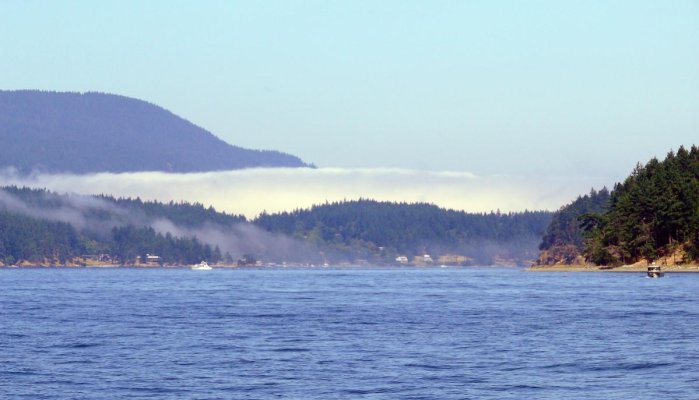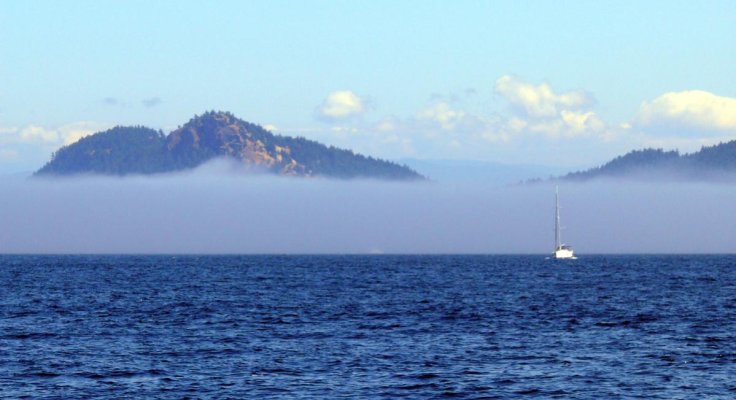bfloyd4445
Guru
Not for some of us...they are homes, second homes, transportation, offices...etc...etc...
And not all of us go to West Marine and clean of the shelves every time a paycheck comes in...
Geezzz..live on a boat?? Where would i put the tractor, and the cattle not to mention a few million bees and tons of tools. I could slim down but life without bees or my old old old tractor would be like life without beer. I would soon be captured by the guys in the white suits


 ....i deserved that.
....i deserved that.






